The solar cell efficiency is the percentage of solar energy that shines on a solar panel and is converted into usable electricity. The more efficient a solar panel is, the more energy it will produce because of the amount of light that hits the cell. This means that less surface area is occupied to satisfy your energy needs. The efficiency of photovoltaic solar panels is related to the quality of their photovoltaic (PV) cells.
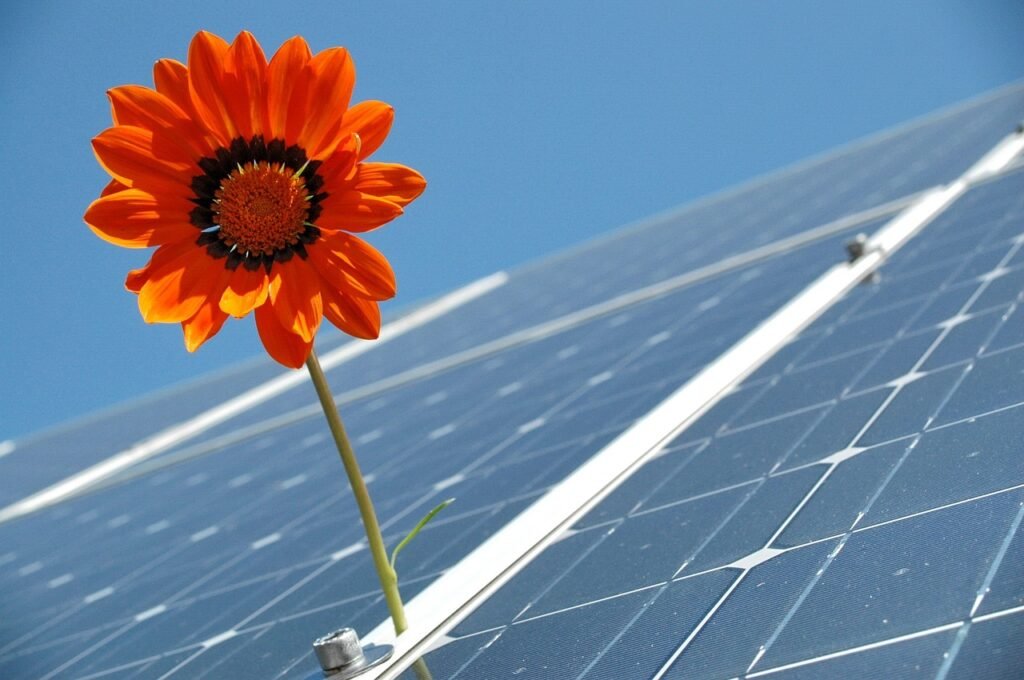
What is the efficiency of solar panels?
The efficiency of solar cells refers to the percentage of sunlight that a solar cell can convert into electricity. It’s a critical parameter in determining the performance and cost-effectiveness of solar energy systems. Solar cell efficiency is influenced by various factors, including the type of solar cell technology.
| Type of Solar Cells | Typical efficiency range | Main Features |
| Monocrystalline | 15% to 22% | They are known for their high efficiency and are widely used in both residential and commercial applications. |
| Polycrystalline | 13% to 18% | They are less expensive to produce than monocrystalline cells but generally have slightly lower efficiency. |
| Thin-Film | 10% to 22% | They offer flexibility and can be applied to various surfaces but tend to have lower efficiency compared to crystalline silicon cells. |
| Multijunction | 30% and above | They often used in concentrator photovoltaic systems, can achieve higher efficiency by capturing a broader spectrum of sunlight. |
The efficiency of solar panels has improved dramatically in recent years, going from an average of around 15% conversion of sunlight into usable energy to almost 20%. High-efficiency solar panels can reach 23%. The power rating of a standard-size panel has also increased from 250W to 370W. The efficiency of solar panels is determined by both the efficiency of the photovoltaic cell (i.e., cell type and design) and the overall panel efficiency, which is influenced by factors such as cell type, layout, and size. A simple way to measure the efficiency of solar panels is to refer to the manufacturer’s efficiency rating. This is based on standard test conditions and provides a reliable indication of performance.
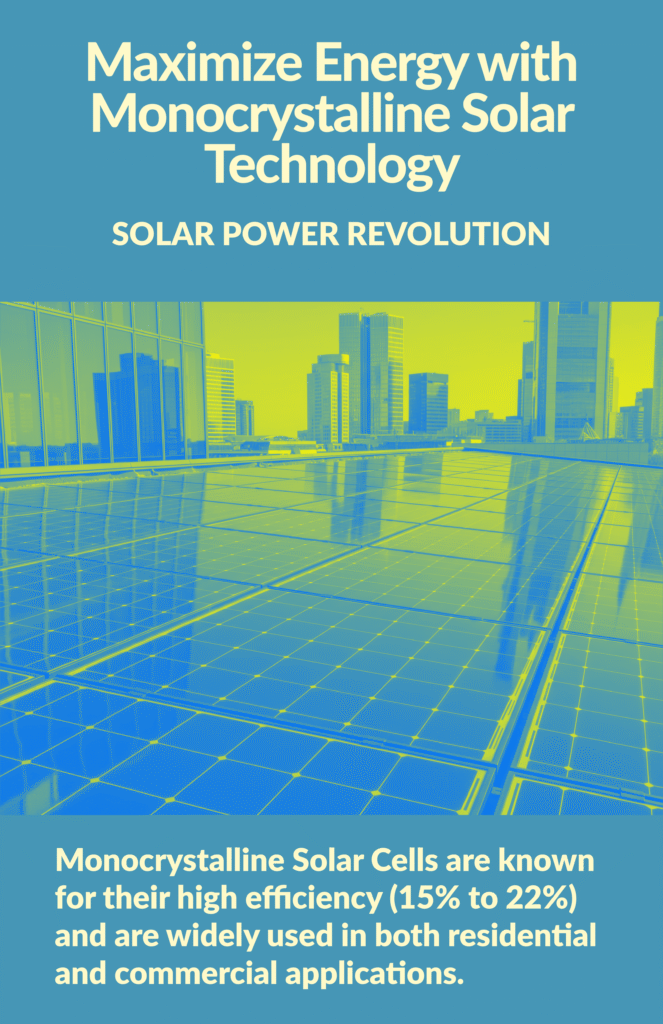
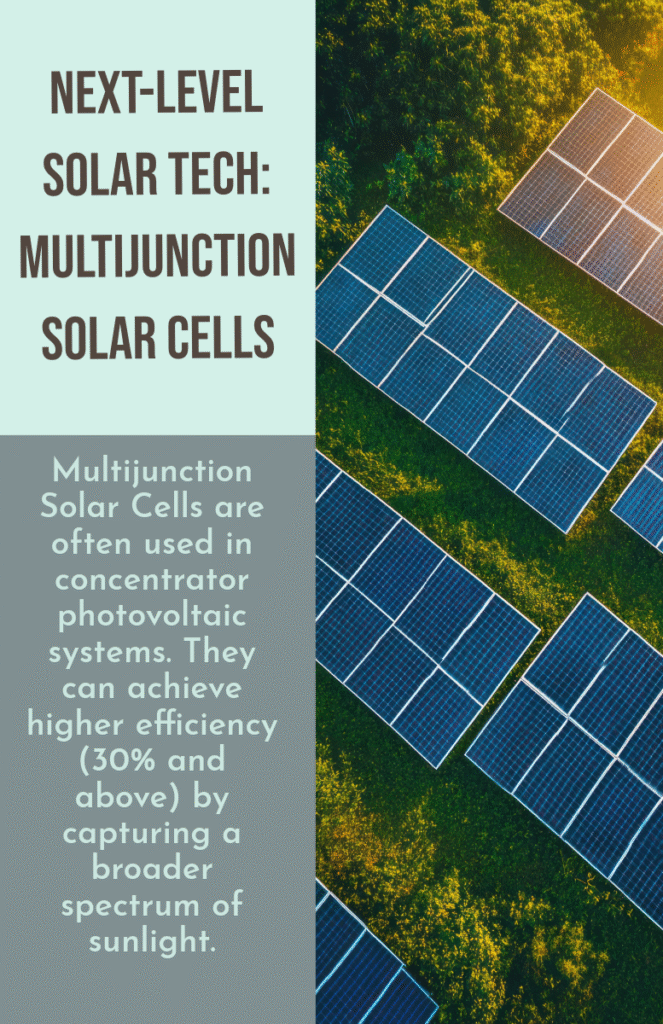
Are higher-efficiency panels more expensive?
The more efficient the panel, the more it will produce compared to a less efficient panel. And therefore, the fewer panels you will need.
Although higher-efficiency panels are more expensive, they can help you better meet your energy needs if you have little space. At the same time, solar panels are getting cheaper, making them an increasingly attractive solution for homeowners and businesses. You can combine solar panels with an energy monitoring system. This allows real-time data on energy consumption to be collected, compared and analyzed. Also, energy management software can automatically identify potential savings by comparing actual consumption to ideal energy usage. So, it allows customers to take corrective action when necessary.
Which factors affect the efficiency of solar panels?
The efficiency of the photovoltaic (PV) cells that make up a solar panel is calculated based on the energy of sunlight that the semiconductors convert into electricity. An efficient solar panel generates more electricity while taking up less space. Manufacturers rate solar panels based on their efficiency, which ranges from 15% to 20% converting solar energy into usable electricity. Many factors affect the efficiency of solar panels:
- the amount of light reflected off the cell surface;
- the intensity of the sun;
- the amount of clouds;
- the accumulation of heat, which affects the conductivity of the semiconductors of the photovoltaic cells.
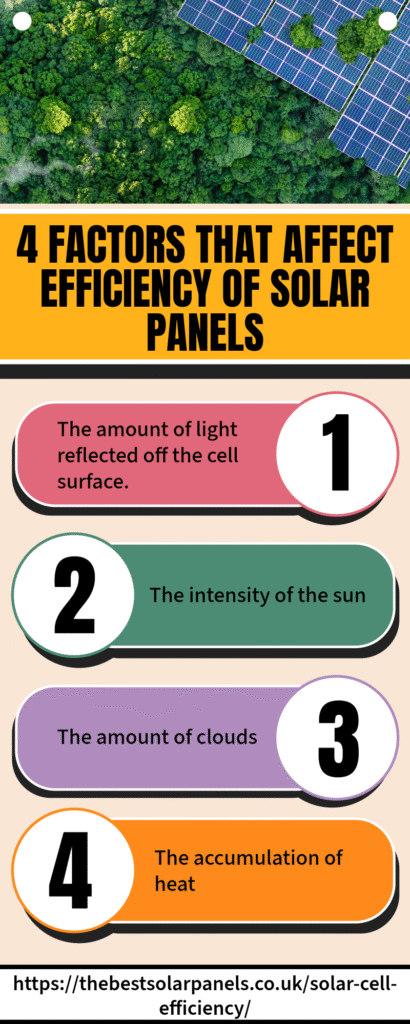
These are some of the main factors that affect the efficiency of solar panels:
Dashboard layout
Solar panel design affects efficiency primarily by the way the cells are arranged and configured along the panel. The colour of the protective film also plays a role because high temperatures reduce effectiveness. Therefore, colours like blue or green are more effective than black.
Solar panel tilt
The orientation of the solar panels – called the angle or inclination of the solar panel – is important to obtain the full benefits of solar radiation. Panels flat to the ground don’t work as well as those tilted toward the sun. The optimal inclination depends on the latitude of your house or facility and the time of year. In practice, however, most situations do not allow adjustment of the tilt of the panels at each station. Instead, they can be installed at different angles to adapt to different seasons and the inclination of the roof.
Solar panel materials
There are three main types of solar panels:
- Monocrystalline: made of high-purity silicone, they are generally considered the most efficient. They are more expensive and take up less space.
- Polycrystalline: Slightly less efficient, costs less and can be a good option for facilities that have more space.
- Thin film: These are the least efficient. But their lighter weight allows them to fit a variety of uses, including transportation.
Temperature
Most people would assume that the hotter the sun, the higher the efficiency of the solar panel. Actually, that’s not true. The semiconductors in solar panels are sensitive to high temperatures.
According to manufacturing standards, the optimal temperature range for photovoltaic solar panels is 25ºC or 77ºF.
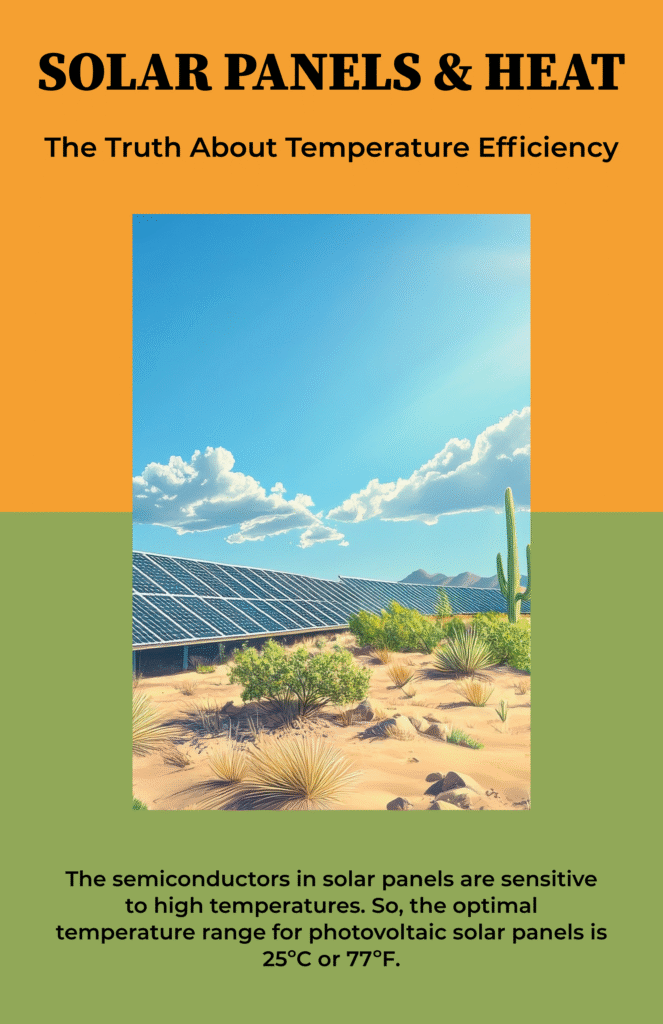
Do solar panels lose effectiveness over time?
Solar panels degrade slowly over time, meaning they produce less electricity from the same amount of sunlight. Causes of solar panel efficiency degradation include wear and tear due to weather conditions. The average productive life of solar panels is 30 years. According to the National Renewable Energy Laboratory (NREL), solar panels and their performance degrade at a rate of approximately 0.5% per year. For example, a 20-year-old panel will produce approximately 90% of the electricity it produces in its first year of life.
Why is solar cell efficiency not 100%?
Solar cell efficiency is not 100% because of various physical and material limitations inherent in the process of converting sunlight into electricity. Several factors contribute to the imperfect efficiency of solar cells:
- Absorption Spectrum: Solar cells can only convert light within a certain range of wavelengths. The Sun emits a broad spectrum of light. However, not all of it can be effectively harnessed by the materials used in solar cells.
- Reflection and Transmission: Some sunlight is reflected or transmitted through the solar cell without being absorbed. Although manufacturers use anti-reflective coatings to minimize reflection, they can’t eliminate these losses entirely.
- Shockley-Queisser Limit: This is a theoretical limit that defines the maximum efficiency a solar cell can achieve based on the bandgap of the semiconductor material used. For a single p-n junction solar cell, this limit is around 33.7% under standard solar irradiance conditions.
- Temperature Effects: The efficiency of many solar cell materials decreases as temperature rises. High temperatures can lead to increased electron-hole recombination, reducing overall efficiency.
- Incomplete Absorption: Even when light is absorbed, not all of the energy is converted into electricity. Some of it may be lost as heat through various processes within the material.
- Mismatch with Sunlight Intensity: Solar cells are typically tested and rated at standard test conditions (STC), which assume a certain level of sunlight intensity. In real-world conditions, the intensity of sunlight can vary. And the solar cell may not operate at its peak efficiency under all circumstances.
- Manufacturing Imperfections: Small imperfections and impurities in the manufacturing process can affect the performance of solar cells. Perfectly uniform and defect-free materials are challenging to produce consistently.
- Electrical Losses: Electrical losses can occur in the wiring and connections between the solar cells and the electrical system.
Will solar panels ever reach 50 efficiency?
Until now, solar panels haven’t yet achieved 50% efficiency in commercial applications. However, advancements in solar technology continue, and researchers are actively working to improve efficiency. It’s challenging to predict an exact timeline for reaching 50% efficiency across the board, as technological progress depends on various factors, including research breakthroughs, funding, and market adoption.
The Shockley-Queisser limit is a theoretical boundary based on the bandgap of the semiconductor material. It poses a challenge for single-junction solar cells, limiting their efficiency to around 33.7%.
How efficient are the best solar cells?
The most efficient solar cells in laboratories and research settings, known as multi-junction or tandem solar cells, have achieved efficiencies exceeding 30%. It’s important to note that these high efficiencies are often achieved under controlled laboratory conditions. So, they may not be immediately applicable to commercial-scale production.
Traditional silicon-based solar cells, which dominate the market, typically have efficiencies in the range of 15-22%. However, newer technologies like perovskite-silicon tandem solar cells and other advanced materials are showing promise in achieving higher efficiencies.
Efficiency records for solar cells can change rapidly due to ongoing research and development. It’s recommended to check the latest information from reliable sources or the National Renewable Energy Laboratory (NREL) and other research institutions for the most up-to-date data on the highest achieved solar cell efficiencies.
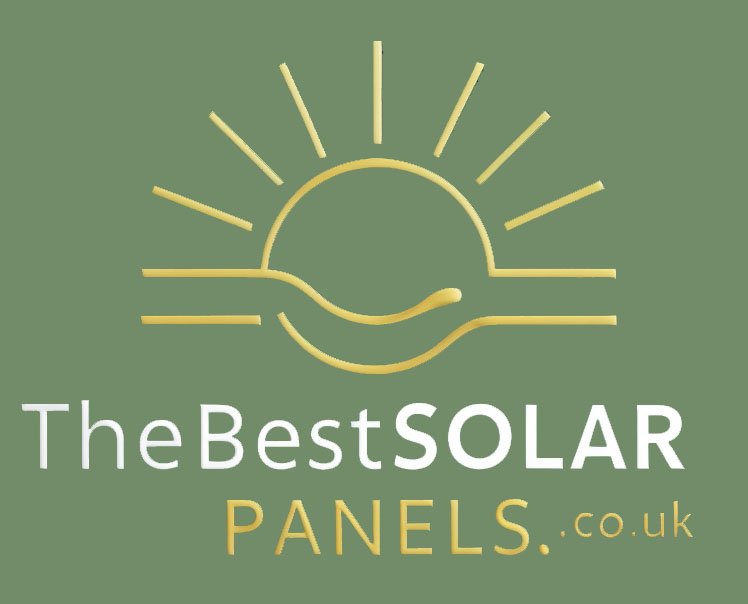


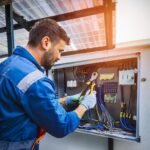

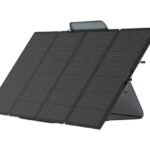
Leave a Reply